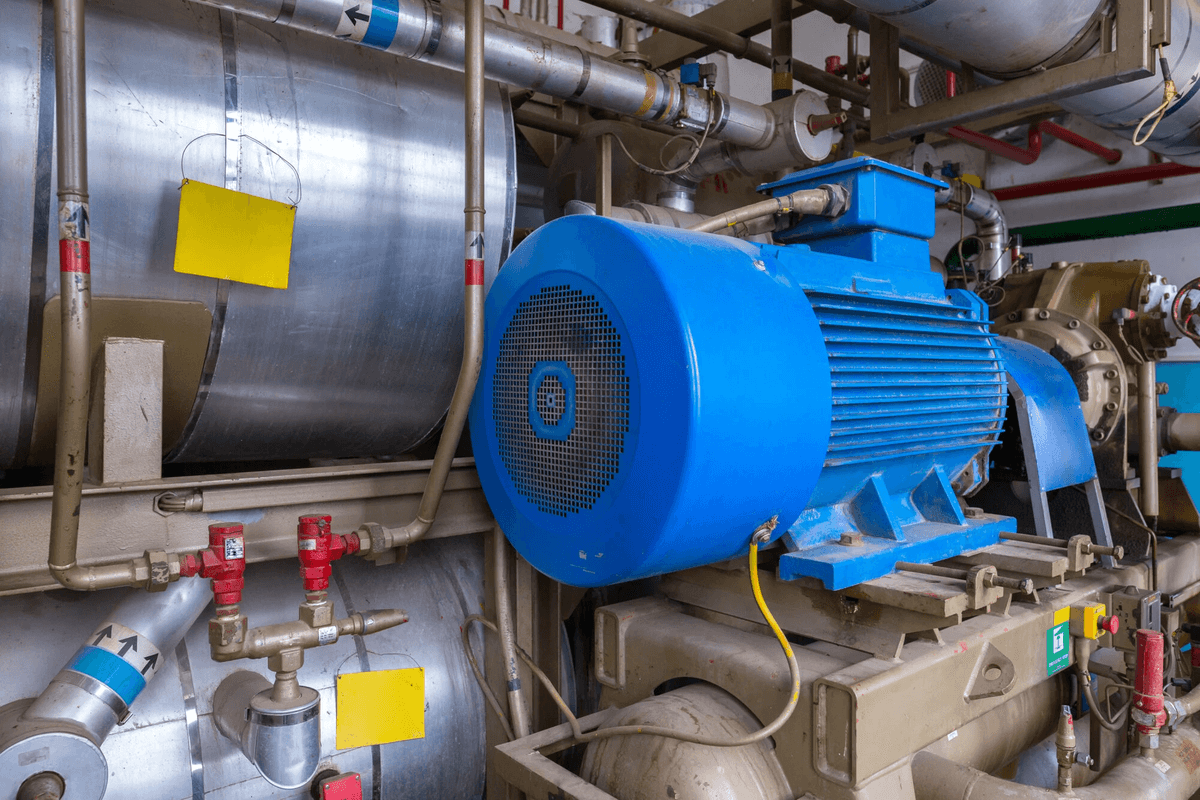
In the world of quantum mechanics, the study of extremely low temperatures is crucial for understanding the behavior of particles at the atomic and subatomic level. Cryogenic isolators play a vital role in this research, allowing scientists to create and maintain these ultra-cold environments with unprecedented precision. In this article, we will delve into the world of cryogenic isolators, exploring their importance, functionality, and applications in the field of quantum mechanics.
Cryogenic isolators are devices that use a combination of materials and technologies to isolate a specific region of space from the surrounding environment, creating a "bubble" of extremely low temperature. This isolation is crucial, as even the slightest disturbance from the outside world can disrupt the delicate balance of the quantum system being studied. By creating a cryogenic isolator, scientists can maintain a stable and controlled environment, allowing them to study the behavior of particles at temperatures as low as a few millikelvin.
The process of creating a cryogenic isolator begins with the selection of materials that can withstand the extreme cold. Typically, these materials are chosen for their high thermal conductivity, allowing them to efficiently dissipate heat away from the isolated region. The materials are then carefully arranged and shaped to create a structure that can maintain the desired temperature and isolation.
One of the most critical components of a cryogenic isolator is the cryogenic fluid used to cool the system. This fluid is typically a liquid with a very low boiling point, such as liquid helium or liquid nitrogen. The fluid is pumped through the system, absorbing heat from the isolated region and transferring it to a heat exchanger, where it is dissipated.
In addition to the cryogenic fluid, cryogenic isolators also employ a range of technologies to maintain the isolation and control the environment. These technologies include advanced materials, such as superconducting materials, and sophisticated control systems, such as feedback loops and temperature sensors.
The applications of cryogenic isolators are vast and varied, ranging from the study of quantum computing and quantum cryptography to the development of new materials and technologies. In the field of quantum computing, cryogenic isolators are used to create and maintain the ultra-cold environments necessary for the operation of quantum computers. These computers rely on the principles of quantum mechanics to perform calculations that are exponentially faster than classical computers.
In the field of quantum cryptography, cryogenic isolators are used to create secure communication channels. By encoding messages using the principles of quantum mechanics, it is possible to create a secure communication channel that is resistant to eavesdropping. Cryogenic isolators play a critical role in this process, allowing scientists to create and maintain the ultra-cold environments necessary for the operation of quantum cryptography systems.
In addition to their applications in quantum computing and cryptography, cryogenic isolators are also used in the development of new materials and technologies. For example, scientists are using cryogenic isolators to study the behavior of superconducting materials, which have the potential to revolutionize the field of energy transmission.
In conclusion, cryogenic isolators are a critical component of the field of quantum mechanics, allowing scientists to create and maintain ultra-cold environments with unprecedented precision. These devices are used in a range of applications, from the study of quantum computing and quantum cryptography to the development of new materials and technologies. As the field of quantum mechanics continues to evolve, the importance of cryogenic isolators will only continue to grow, providing scientists with the tools they need to unlock the secrets of the quantum world.